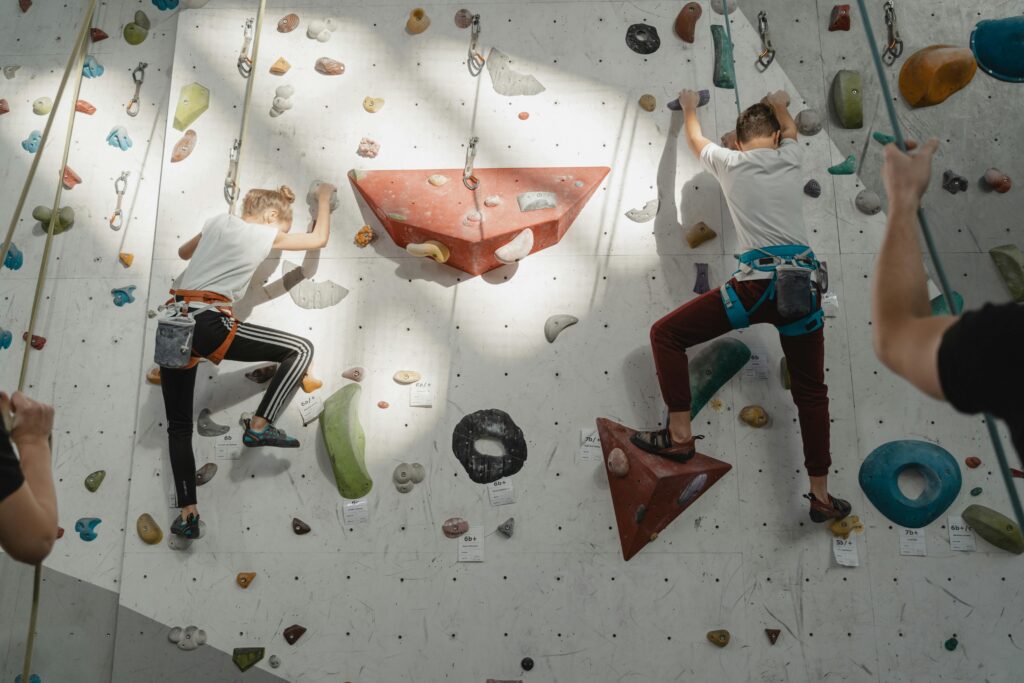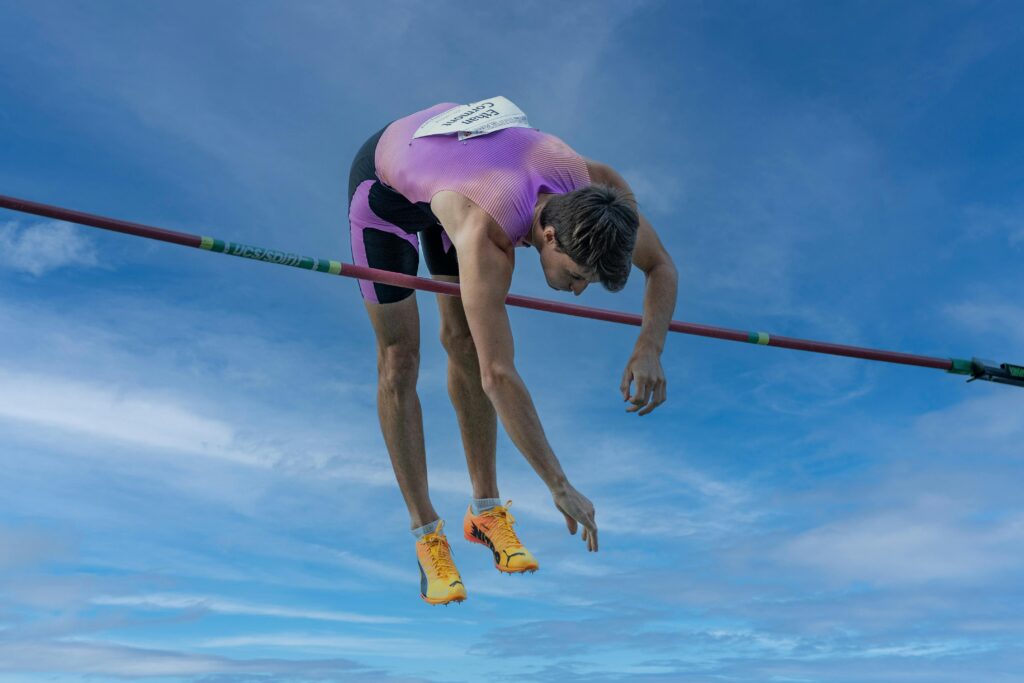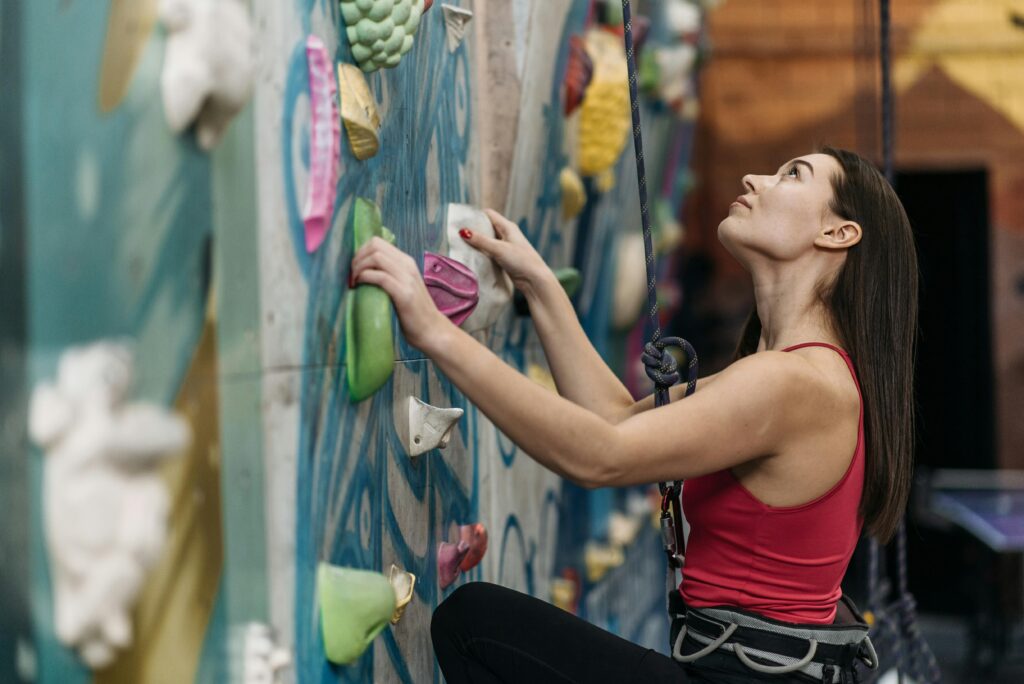Sport climbing is one of the most exciting new additions to the Olympic Games. With its combination of physical strength, agility, speed, and mental focus, it has quickly gained international attention. The Sport Climbing Combined format, first introduced at the Tokyo 2020 Olympics, marked a major milestone for the sport and showcased climbing to millions of viewers worldwide.
In this article, we will explain what Sport Climbing Combined is, how it works in the Olympics, its history, and why it has become a favorite among young and adventurous sports fans.

What Is Sport Climbing Combined?
Sport Climbing Combined is a unique Olympic format that brings together three different climbing disciplines:
- Speed Climbing – A race against the clock to reach the top of a standardized 15-meter wall. Athletes compete side by side, and the fastest climber wins.
- Bouldering – A test of power and problem-solving on short climbing walls (about 4.5 meters high) without ropes. Climbers attempt to solve as many “problems” as possible within a set time.
- Lead Climbing – A challenge of endurance and strategy, where climbers attempt to climb as high as possible on a 15-meter wall within six minutes, using a rope for safety.
In the Combined format, athletes must compete in all three disciplines, and their final score is determined by multiplying their ranking positions in each event. The lower the combined score, the better the result.
Sport Climbing at the Tokyo 2020 Olympics
Sport climbing made its Olympic debut at the Tokyo 2020 Games, held in 2021 due to the pandemic. Only one combined event for men and one for women was included, with 20 athletes in each category.
- Gold Medalists:
- Men’s Combined: Alberto Ginés López (Spain)
- Women’s Combined: Janja Garnbret (Slovenia)
The format was both exciting and controversial. Many athletes specialized in just one discipline (for example, speed climbers or boulder specialists), but in the combined format, they had to compete in all three. This meant that some of the world’s best climbers struggled outside their specialty.
Despite this, the Olympic debut was considered a huge success, drawing global attention and boosting the sport’s popularity.

Paris 2024: A New Format for Sport Climbing
For the Paris 2024 Olympics, the format was adjusted to better reflect the diversity of the sport:
- Two separate events will be held:
- Speed Climbing (stand-alone event)
- Combined Bouldering & Lead Climbing
This change allows speed specialists to compete in their own event while bouldering and lead climbers compete in a more natural combination. It is seen as a fairer system and is expected to showcase the sport at its best.
Why Is Sport Climbing Popular in the Olympics?
Several factors explain why sport climbing has become so popular in the Olympic movement:
- Dynamic and Spectacular
Climbing is visually stunning and easy for audiences to understand. The thrill of racing up a wall or solving a complex bouldering problem makes it highly entertaining. - Youth-Oriented Sport
Climbing appeals to younger generations who value adventure, fitness, and lifestyle sports. Its inclusion aligns with the IOC’s goal of attracting younger audiences, just like skateboarding and surfing. - Accessibility Worldwide
Indoor climbing gyms are growing rapidly around the world, making the sport more accessible to beginners. This grassroots growth supports Olympic participation. - Equal Opportunities
Sport climbing offers equal events for men and women, promoting gender balance in the Olympics.

Challenges of the Combined Format
While the Combined format was a creative solution to introduce the sport to the Olympics, it faced some criticism:
- Specialization Conflict – Many top climbers train specifically for one discipline, making it difficult to compete across all three.
- Scoring Confusion – The multiplication system was not always easy for new fans to understand.
- Athlete Fatigue – Competing in three intense disciplines on the same day was physically demanding.
The changes for Paris 2024 are expected to solve many of these issues and make the competition more exciting for both athletes and viewers.
The Future of Sport Climbing in the Olympics
Looking ahead, sport climbing has strong potential to remain a permanent Olympic sport. Its popularity is growing worldwide, especially in Asia, Europe, and North America. With the rise of climbing gyms, sponsorship opportunities, and social media exposure, the sport is reaching new audiences.
Many believe that future Olympics may include even more climbing events, or perhaps expand to allow larger athlete quotas. The continued success of Paris 2024 will play a key role in shaping the sport’s Olympic future.

Conclusion
Sport Climbing Combined made history at the Tokyo 2020 Olympics by introducing the sport to the world stage. Although the format was challenging and controversial, it highlighted the strength, speed, and creativity of the world’s best climbers.
With the improved format at Paris 2024 and growing global popularity, sport climbing is set to become a permanent and thrilling part of the Olympic Games. Whether it’s the explosive energy of speed climbing, the puzzle-solving nature of bouldering, or the endurance test of lead climbing, this sport truly captures the Olympic spirit of determination and excellence.


